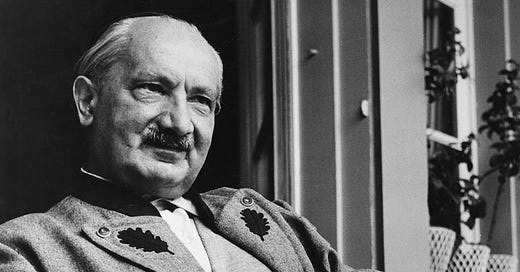In our fast-paced, routine-driven world, it’s easy to forget to pause and truly reflect on our existence. We wake up, go to work, meet friends, eat, sleep—and repeat. Heidegger, a German philosopher, calls this state of being everydayness. In his seminal work Being and Time, he highlights how we often get lost in the rush of everyday activities, performing tasks without being truly present or aware of our deeper existence. This leads us to a life where we are not fully engaged with ourselves but merely follow the routines set by others. Heidegger introduces another concept that deepens this sense of inauthentic living: the "they" (das Man).
The "They" and Living Authentically
The "they" refers to the collective norms, expectations, and pressures that shape our lives without us fully realizing it. It’s the voice of society telling us how to live, what to value, and even who to be. Heidegger argues that when we conform to the "they," we lose touch with our authentic selves. We act based o…
Keep reading with a 7-day free trial
Subscribe to The Gentle Law to keep reading this post and get 7 days of free access to the full post archives.





